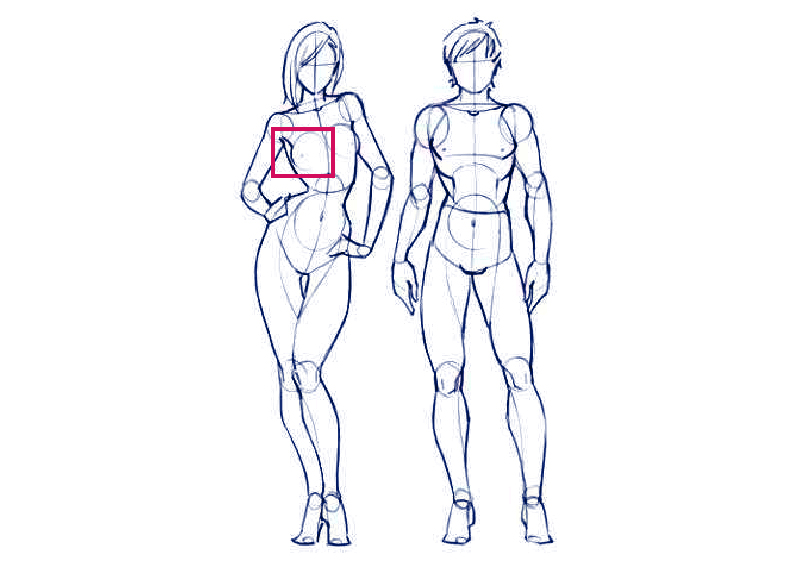
Reduction Mammaplasty
- Aka breast reduction surgery especially for patients with clinical symptoms such as back and neck pain and recurrent under breast infections.
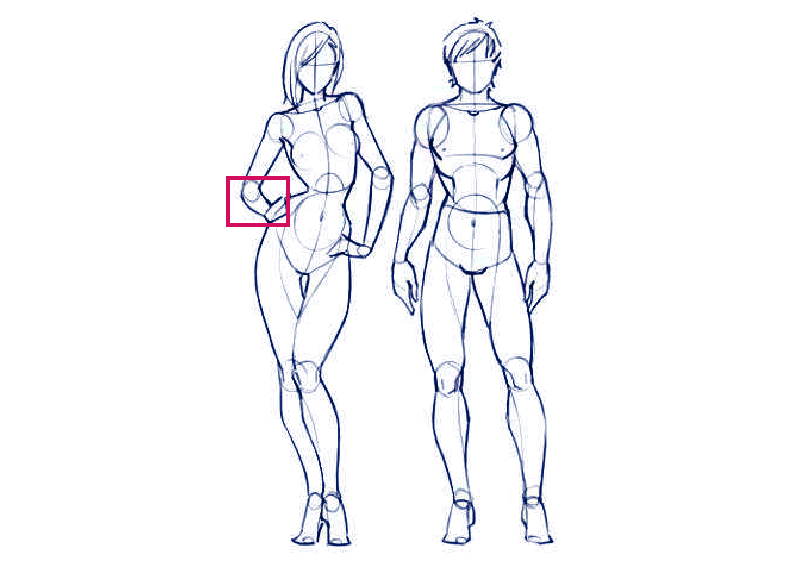
Scar and Keloid Management & Contracture Release
- Regular follow up and advice for improvement of scar that includes non-surgical and surgical options.
- Non surgical options also involve management with Physiotherapist and Occupational therapist.
- For severe scar especially which causes contractures, surgical intervention can be administered which may necessitates skin repositioning, skin graft or flap for release of skin tightness.
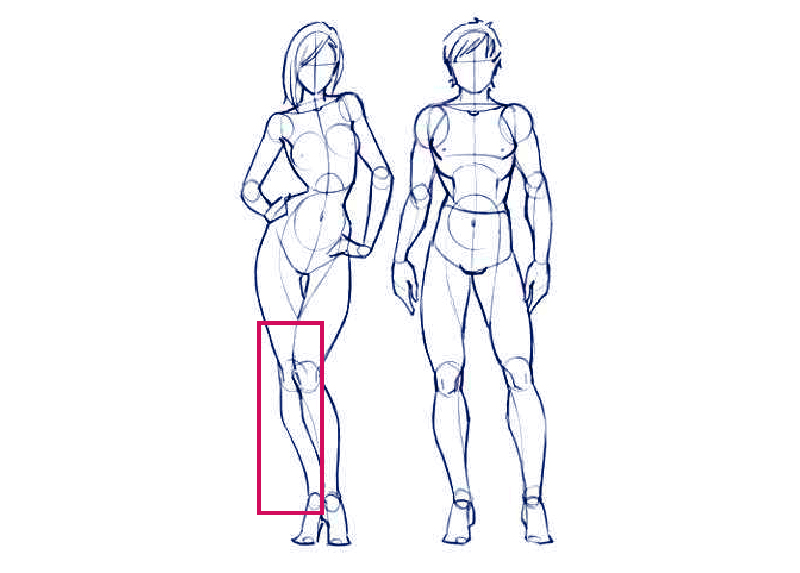
Lower Limb Lymphedema
- Non surgical management: Patients would be followed up on a regular basis and assessed for complications and prevention of worsening of lower limb swelling.
- Surgical management: patients would also be assessed on suitability for surgery.

Subcutaneous Malignancies
- This includes excision of skin tumours of both benign and malignant in origin, of both primary or secondary from visceral tumours.
- Closure of defects can include primary closure, skin grafts and flap coverage.
- Post operatively, patients will be referred to Oncology team for further adjuvant treatment if necessary.
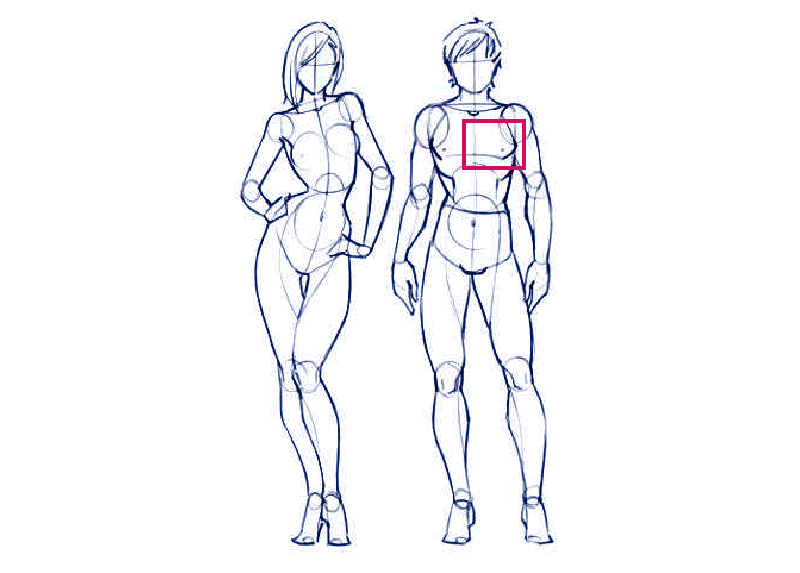
Excision of Gynecomastia
- Some men has hormonal imbalance which causes enlargement of breasts, while other men has bigger ‘breast’ due to accumulation of fat.
- After assessment, suitable surgical intervention which includes excision and/or liposuction with nipple reduction will be discussed with the patient.
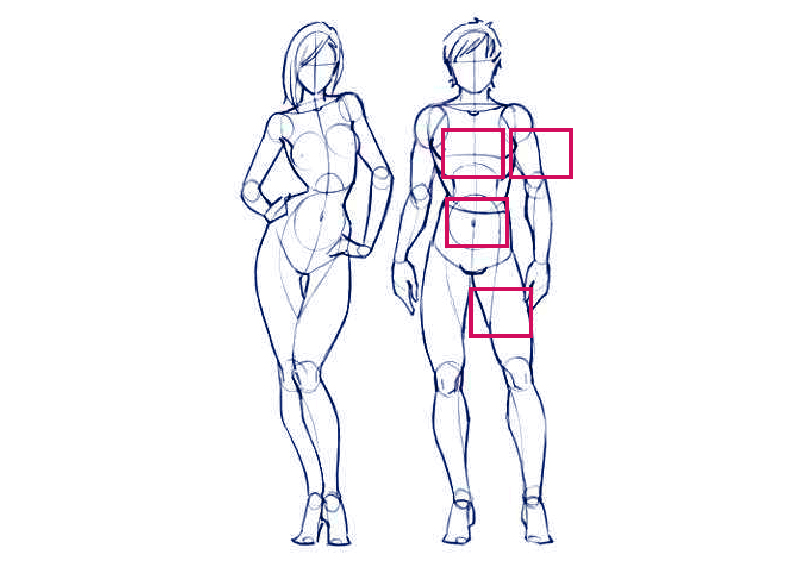
Body Contouring Surgery
- Removal of excess skin after massive weight loss especially after Bariatric Surgery.
- This includes brachioplasty (removal of excess skin of arms), chest wall reduction (breast reduction for females), abdominoplasty (‘tummy tuck’), butt lift and thighplasty (removal of excess thigh skin).

Facial Reanimation
- Primary or secondary facial paralysis for static and dynamic facial reanimation surgery.
- Surgery is only performed after careful assessment and failed medical therapy for secondary facial paralysis.

